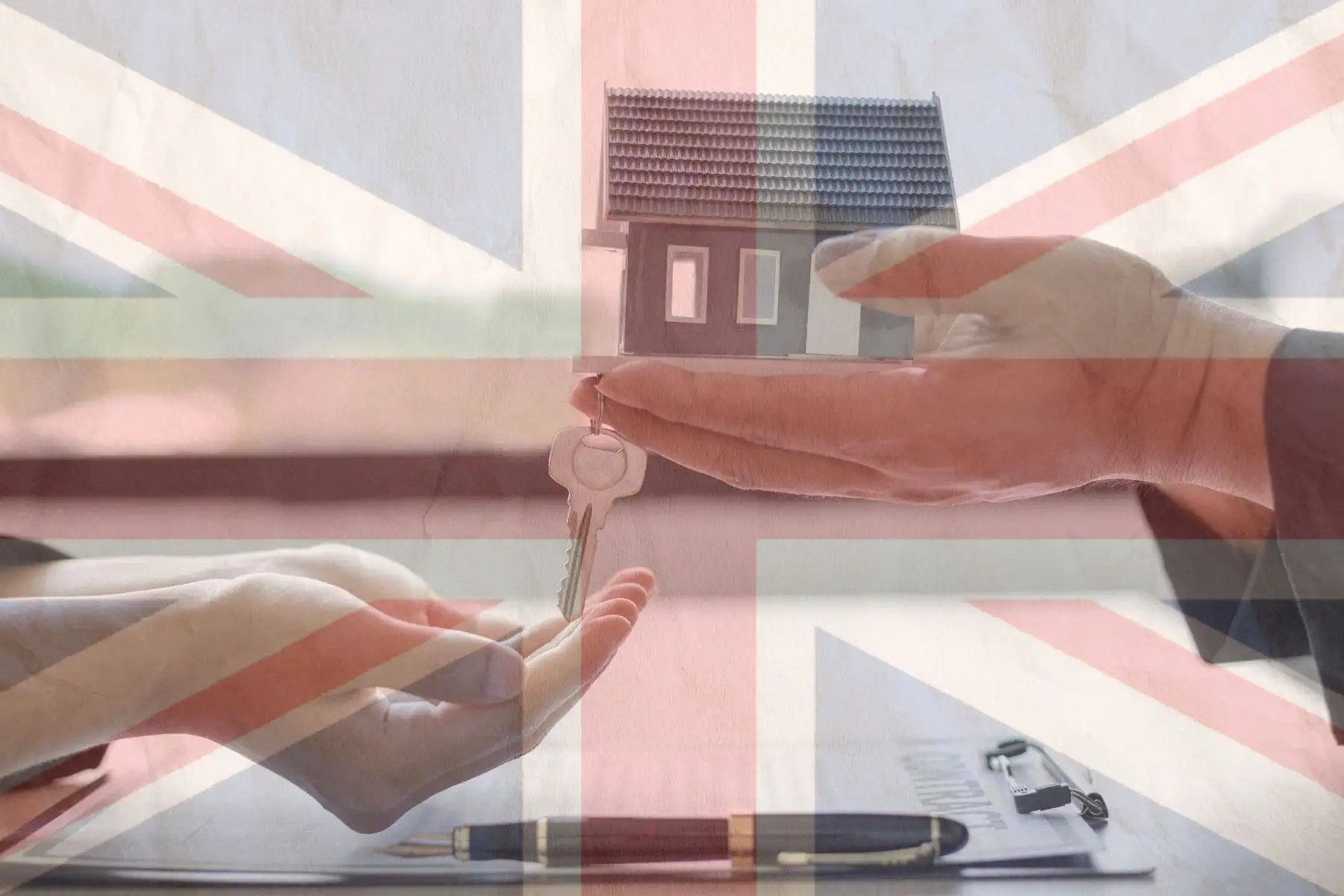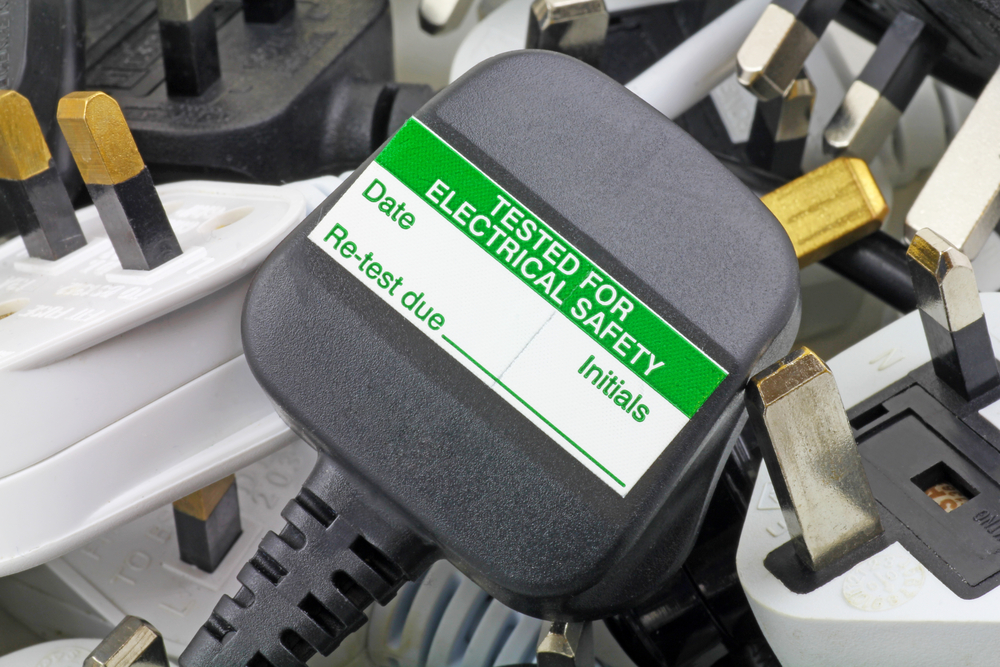If you’re a landlord in the UK, you may have heard the term “legionella risk assessment” and wondered if it’s something you need to worry about. The short answer is yes, but it doesn’t need to be complicated or expensive.
As a property owner or letting agent, you have a legal duty to manage health and safety risks for your tenants, which includes preventing the risk of Legionnaires’ disease. This blog will help you understand what Legionella is, your responsibilities, and how to carry out a compliant risk assessment with confidence.
What Is Legionella and Why Is It a Risk?
Legionella is a type of bacteria that can develop in water systems, causing a potentially serious form of pneumonia known as Legionnaires’ disease. It’s contracted by inhaling small droplets of water that contain the bacteria, not by drinking contaminated water.
While rare, it can be very serious, particularly for older people or those with weakened immune systems.
Common causes in rental homes include:
- Stagnant water in pipes or tanks
- Low water temperatures (between 20°C and 45°C)
- Infrequent water usage (e.g., vacant properties or unused showers)
Domestic settings are generally low risk, but landlords must still take reasonable steps to assess and control these risks.
Are Landlords Legally Required to Conduct a Legionella Risk Assessment?
Yes. Under the Health and Safety at Work Act 1974 and the Control of Substances Hazardous to Health Regulations (COSHH) 2002, landlords are legally required to assess the risk of exposure to legionella bacteria.
According to the Health and Safety Executive (HSE):
“The duty to assess and control the risk from exposure to legionella bacteria lies with the person in control of the premises.”
In most cases, you don’t need to produce a certificate or hire a specialist. But you must demonstrate that a proper risk assessment has been carried out and that necessary precautions are in place.
How to Carry Out a Legionella Risk Assessment (Step-by-Step)
For most standard domestic properties, landlords can carry out a simple risk assessment themselves by following these five steps:
1. Identify Potential Risks
Look at all hot and cold-water systems, including storage tanks, pipework, and outlets. Check if there are unused taps or rarely used showers where water might stagnate.
2. Check Water Temperature and Flow
- Cold water should be below 20°C.
- Hot water should reach at least 50°C within a minute of running.
Water should circulate effectively and reach safe temperatures quickly.
3. Remove Stagnant Water Risks
- Flush out unused taps or showers weekly.
- Remove dead legs (capped-off pipes).
- Ensure any water tanks are securely covered and kept clean.
4. Note Usage Patterns
Are any outlets infrequently used? Consider setting a routine to run them regularly, especially between tenancies.
5. Document Your Findings
Keep a written record of your assessment and any control measures that you take. If no action is required, document this as well.
Who Can Carry Out a Legionella Risk Assessment?
In most low-risk properties, such as modern flats or homes with combi boilers and no cold-water tanks, landlords can do this themselves.
However, you should consider hiring a professional if:
- The system is large or complex
- There are communal water tanks
- The property is a House in Multiple Occupation (HMO)
- Vulnerable individuals occupy the property
Professional assessors are also helpful if you want to outsource documentation or need help during a council inspection.
How Often Should a Legionella Risk Assessment Be Done?
There is no fixed frequency in law; however, HSE recommends reviewing the assessment regularly, particularly when there are changes in property usage.
You should reassess:
- Every 2 years, as best practice
- When there is a change of tenancy
- After plumbing maintenance or refurbishments
- If water systems are left unused for extended periods
What Happens If You Don’t Do It? (Legal Risks & Penalties)
Failure to conduct a legionella risk assessment can result in legal consequences, including:
- Fines or enforcement notices from your local authority
- Civil liability if a tenant contracts Legionnaires’ disease
- Damage to your reputation as a landlord or letting agent
While incidents are rare, proper documentation of your compliance can protect you if issues arise.
Legionella Risk Checklist for Landlords
Here’s a quick checklist to help you meet your legal obligations:
| Action | Frequency | Notes |
| Flush unused outlets | Monthly | Especially after voids |
| Test water temperature | At risk points | Hot: 50°C+, Cold: <20°C |
| Inspect water tanks | Yearly | Clean and covered? |
| Review documentation | Test the water temperature | Annually or after a tenancy change |
FAQs About Legionella Risk Assessments
Do I need to send a certificate to the tenant?
No. There is no legal requirement to issue a certificate. However, tenants may be reassured if you confirm that a risk assessment has been completed.
Is a professional required to complete all risk assessments?
Not for most standard properties. You only need one if the property and its facilities are high risk, complex, or if you’re concerned.
What about short lets or Airbnb?
Yes. Hosts managing short-term rentals are also responsible for ensuring water systems are safe. This includes flushing outlets between guests.
Does Legionella risk apply to new builds?
Yes. Even in new builds, stagnant water or poorly maintained systems can pose a risk, especially if the property has been vacant before being let.
Legionella Risk Assessment: Summary & Takeaways
Landlords are responsible for controlling the risk of legionella bacteria in their properties, but in most cases, this is a straightforward task that doesn’t require external help.
By conducting a simple, documented assessment and adhering to basic water hygiene practices, you can remain compliant, protect your tenants, and avoid potential legal issues.
Need support managing your rental property?
Prime Residential can help landlords stay compliant while saving time and hassle. Get in touch to learn how we can support your property management needs.










